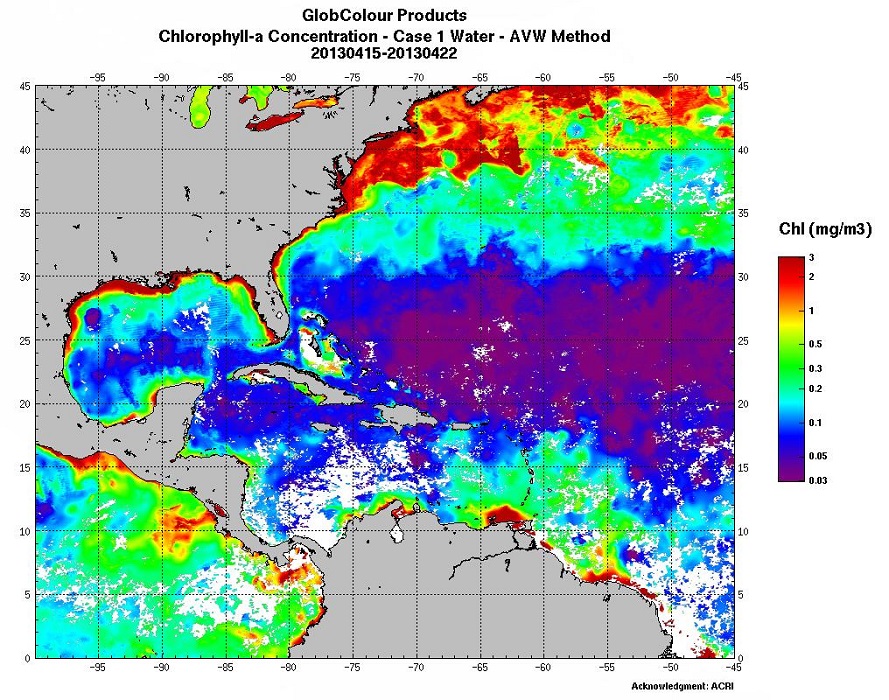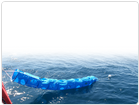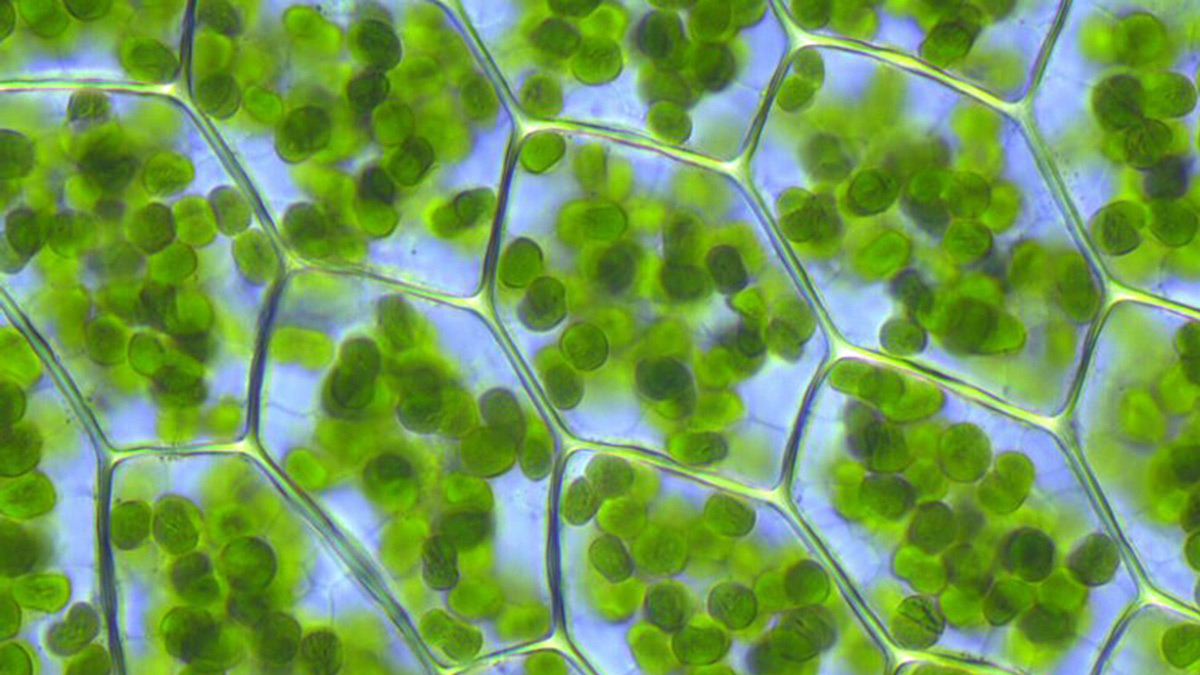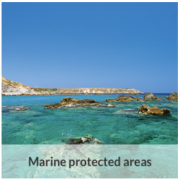Pigments
Type of resources
Available actions
Topics
Keywords
Contact for the resource
Provided by
Years
Formats
Representation types
Update frequencies
status
Scale
Resolution
-

Biological parameters: Chlorophyll (several algorithms), Particulate Organic/Inorganic Carbon, Fluorescence…
-

Measurements by drifting surface buoys. This system is a drifting mooring consisting of a surface buoy fastened to a floating anchor by a cable (trip line, buoy rope). It has to monitor as precisely as possible the water volume in which the floating anchor is immersed. The surface buoys are traced by Argos satellites.
-

For the 21 years of the study, an examination of trends in chlorophyll concentration revealed a general decline throughout the Gulf over the production period. These trends, extracted from dynamic linear model, also allowed this decline to be quantified. Expressed as a percentage, a large part of the area below the 50 m bathymetric line showed a decrease of at least 10% over the period, corresponding to a value of at least 0.1 µg.l-1. However, the spatial distribution reveals some more local phenomena. In southern Brittany, from Quimper to Vannes, a particular feature appears, with an upward trend over several kilometres along the coast, followed by a pronounced gradient along the coast. This gradient includes a zone where a continuous monotonic increasing trend is observed, then a zone where the trend becomes not significant and finally, about 15 km from the coast, a new zone where a significant continuous monotonic decreasing trend is observed. The increase in chlorophyll a concentration in the very coastal part is greater than 0.1 µg.l-1 over the period. Another peculiarity concerns the central part, located at the edge of the plateau at Cap Ferrat and Pente Aquitaine, where an increase in chlorophyll a was observed, but the variations remained small, being less than 0.1 µg.l-1. About a hundred kilometres south-west of Saint Nazaire, an area of about 40 by 50 km shows a decrease in chlorophyll a of more than 20%, quantified as more than 0.1 µg.l-1 over the period.
-

This In Situ delayed mode product integrates the best available version of in situ oxygen, chlorophyll / fluorescence and nutrients data. The latest version of Copernicus delayed-mode BGC (bio-geo-chemical) product is also distributed from Copernicus Marine catalogue.
-
-

-

The ODATIS Ocean Color MR product provides optical reflectance measurements as well as related physical, subsurface and biogeochemical parameters at 300 m spatial resolution along the entire French metropolitan coastal zone, according to the criteria defined by the ODATIS Scientific Expert Consortium (CES) dedicated to ocean color : https://www.odatis-ocean.fr/activites/consortium-dexpertise-scientifique/ces-couleur-de-locean. Product processing is performed from Level 1 to Level 3, and is reprojected on a regular square grid format. Data are temporally aggregated and provided as daily, 8 day and monthly products. The "Basic" version of the ODATIS MR product includes data from the MODIS sensor processed with the "NIR/SWIR" atmospheric correction method (Wang and Shi, 2007), as well as data from the MERIS and OLCI-A/B sensors processed with the Polymer atmospheric correction (Hygeos, https://www.hygeos.com/polymer). List of available parameters for each sensor: • MODIS : NRRS555, CHL-OC5, SPM-G, CDOM, T-FNU, SST-NIGHT • OLCI-A/B / MERIS : NRRS560, CHL-OC5, SPM-G, CDOM, T-FNU
-

-

This benchmark dataset contains the physical data used as predictors to reconstruct global chlorophyll-a concentrations (Chl, a proxy of phytoplankton biomass) in Roussillon et al., as well as the reference satellite Chl target fields. The nine physical predictors' data (Short-Wave radiations, Sea Surface Temperature, Sea Level Anomaly, Zonal and meridional surface currents, Zonal and meridional surface wind stress, Bathymetry, Binary continental mask) were extracted from publicly available datasets over [1998-2015] and resampled to the same spatio-temporel resolution as Chl, i.e. monthly on a 1°x1° grid between 50°N and 50°S. Missing values were gap-filled using the heat diffusion equation. Each variable was normalized by substracting its mean from the original values and dividing by its standard deviation over [1998-2015]. This dataset was used to train and validate the Multi-Mode Convolutional Neural network (CNNMM8) introduced in Roussillon et al. ; reconstructed monthly Chl fields over the [2012-2015] test period are also provided here. We hope this benchmark dataset can help to promote the improvements of methods as well as the emergence of new ideas, as building datasets is sometimes more time-consuming than the implementation of machine learning tools themselves. This would also facilitate the quantitative comparison of models performances' on the exact same datasets.
-

Data collected by the Spindrift 2 Sails of Change vessel during its attempt at the round-the-world sailing record, the Jules Verne Trophy. More information at https://spindrift-racing.com/fr/.
 Catalogue PIGMA
Catalogue PIGMA